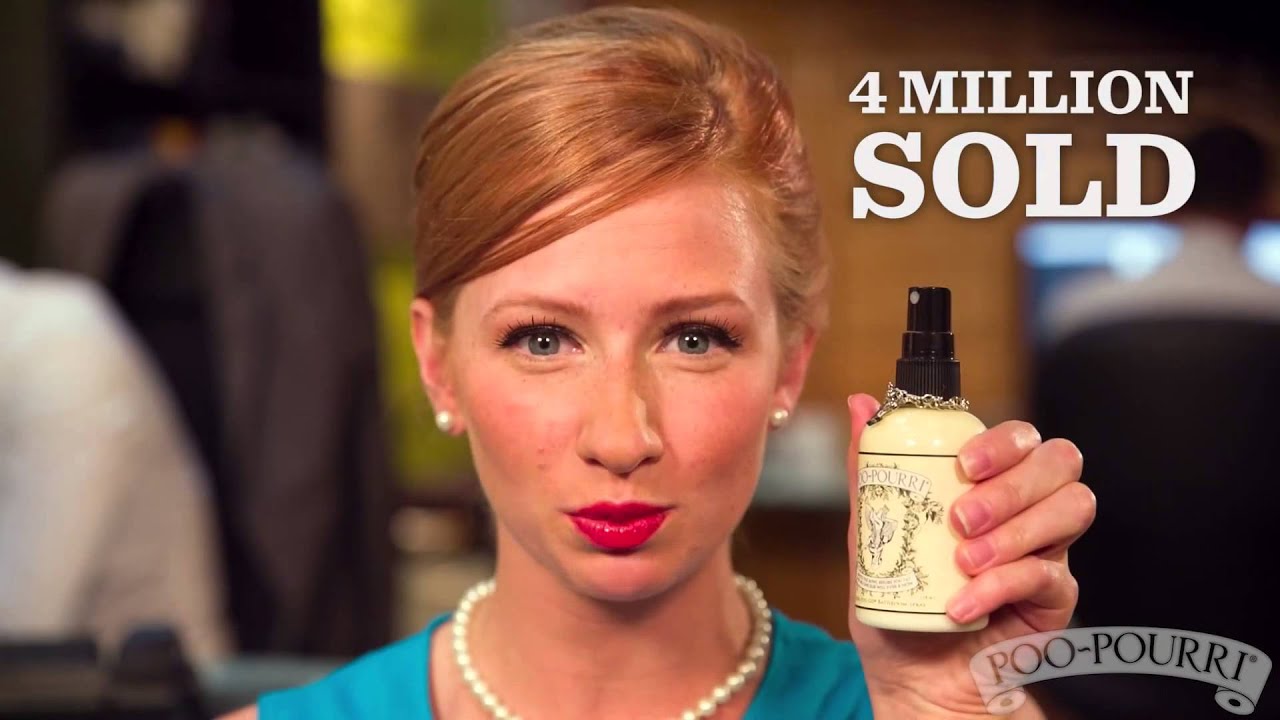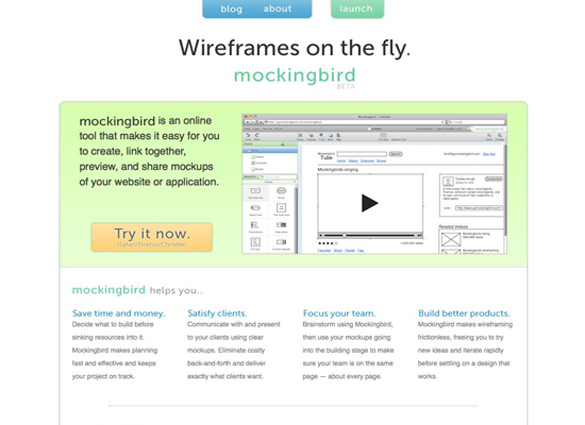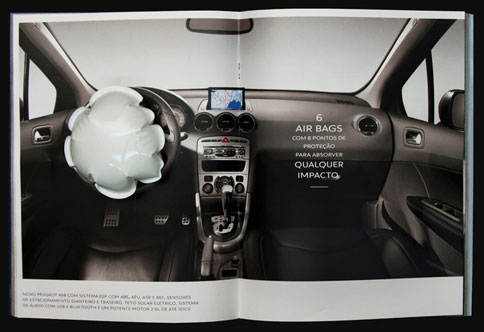WARNING: The following post contains poo-related humour. You have been warned.
Have you ever had the urge to do your business in public, at work, school, or even at your lover’s place? Not to worry.
Now, you no longer have to fear the possibility of your lasting stench stinking up your reputation or relationships.

Everyone knows that girls don’t poop, especially fancy ones. Or do they? Poo-Pourri certainly does a great job of making everyone keep thinking so. Playing on the fear that “OMG SOMEONE KNOWS I POOPED”, the marketing team at Poo-Pourri have created a winning advertisement to sell their poop deoderant. Poo-Pourri is a spray that paranoid poopers can apply to a toilet bowl pre-poop to hide their nasty odors, and instead, fill the W.C. with a flowery scent. Their advertisement went viral with almost 1 million views on YouTube after two weeks (see video at the end of this post!).
How did they do it? Humour.
Humour is relatable, memorable, and builds trust. It has long been used by businesses as a marketing tactic, and for good reason. Employed correctly, it is a powerful tool for engagement and interaction. Poo-Pourri is a perfect example where candid and witty humour combined with a well-made social media strategy can make your brand stand out amongst all the advertising clutter.
The best jokes are built on shared experiences, and I’m pretty sure pooping is a VERY common experience everyone shares. Also, as humans, we are wired to remember things that make us laugh. This is why childhood jokes live on. Poo-Pourri’s ad certainly reminds me of some extremely silly childhood jokes I shared with my friends back then (like drawing cartoon poops on birthday cards). Making your audience laugh also not only makes your brand more likeable, but humanizes it as well. Since people are more apt to trust a person over a business, this humanizing element is extremely important. Using humour is a great way to appeal to your consumers on an emotional level, which in turn has the power to influence their purchasing decisions. I personally pretty like how Poo-Pourri really portrayed their brand personality through this ad. Giving a brand personality really influences consumer loyalty towards a brand and adding a trigger in after-sales experience could lead to repeat purchases. A likeable brand personality could also expand a brand’s base of active loyalists, making it more likely for consumers to make a loyalty loop (from the McKinsey Consumer Decision Journey, see below).
The key to their humour is contradiction, and in this case, it is a BIG FAT HUGE one. They took a beautiful classy lady with a refined British accent and gave her a complete potty mouth. This had me hooked because it was so unexpected.

The face of Poo-Pourri – Bethany R. Woodruff
Their strategic launch via YouTube also boosted their chances of going viral (for more about how to create viral content, see my other post here). Social media is, as the president of Nordstrom Direct and many other experts have said, like “word of mouth on steroids”. It is so easy nowadays to simply click ‘share’ and post it on your social media channels. They topped 1.5 million YouTube views in three days, is courtesy of the Harmon Brothers, two guys who launched their own product, Orabrush, before moving on to handle Poo-Pourri’s marketing. Virality greatly increases brand awareness and increases a brand’s chance of being in a consumer’s initial consideration set (from the McKinsey Consumer Decision Journey, see image below). Hence, following Poo-Pourri’s viral strategy of humour x social launch (plus some other aspects) may be useful for other brands, but obviously they will need to create their own unique way to hit the market.

And lastly, their “Stink-free” guarantee promises customers a refund if they are unsatisfied. With this seemingly risk-free opportunity, who wouldn’t want to try? (I certainly am tempted to!)
Watch the video below!

Be sure to check out my other post about Poo-Pourri!
Related Links:
http://www.marketingmagazine.co.uk/article/1212652/viral-review-poo-pourris-toilet-humour-grabs-attention



















